Transformer bushings are critical components that provide a safe and efficient passage for electrical current to flow between the transformer windings and external power lines. These insulating devices are designed to withstand high voltage while preventing electrical leakage and ensuring reliable operation. Bushings are essential for maintaining the integrity and performance of transformers, as they protect against electrical stresses and environmental factors such as moisture, dirt, and extreme temperatures.
Frequently Ask Questions
Q. What is a bushing used for?
A. A bushing is used to provide a protective, insulated pathway for electrical conductors through grounded equipment or to reduce friction and wear between mechanical parts, depending on the application.
Q. What are bushings in a transformer?
A. In a transformer, bushings are insulated devices that allow electrical conductors to pass through the transformer tank safely, while preventing current leakage and ensuring electrical insulation from the grounded enclosure.
Q. What is the function of bearing bush?
A. A bearing bush, also called a plain bearing, is used to support rotating shafts, reducing friction between moving parts and helping maintain alignment and load distribution in machinery.
Q. When to use bushings?
A. Bushings are used when there’s a need for electrical insulation, mechanical support, or to reduce vibration and friction in joints—common in transformers, motors, suspension systems, and rotating equipment.
Q. What is the main function of bushings?
A. The main function of bushings is to provide insulation, support, and protection—whether it’s insulating electrical conductors in high-voltage systems or allowing smooth, low-friction motion in mechanical assemblies.
Q. Is bushings a suspension?
A. Yes, in automotive suspension systems, bushings are used as flexible mounts made of rubber or polyurethane that absorb shocks and vibrations, providing a smoother ride and reducing wear on vehicle components.


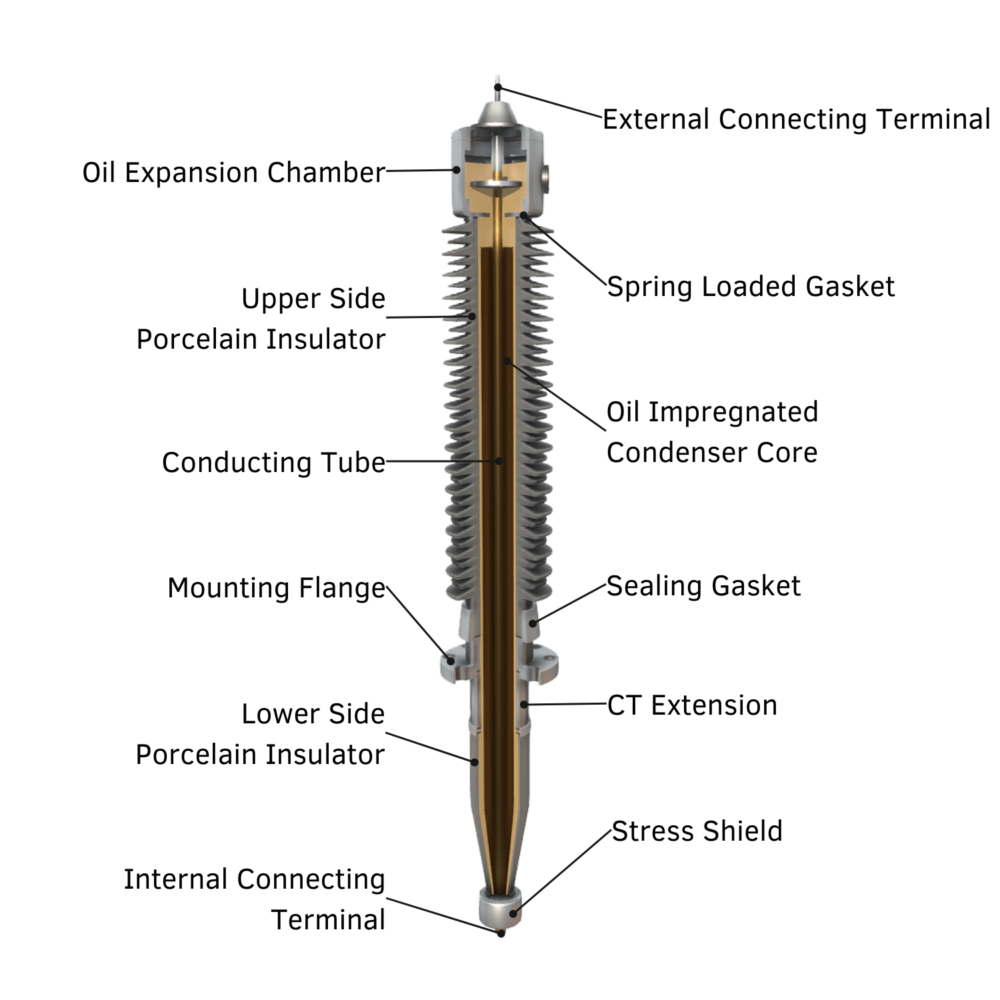
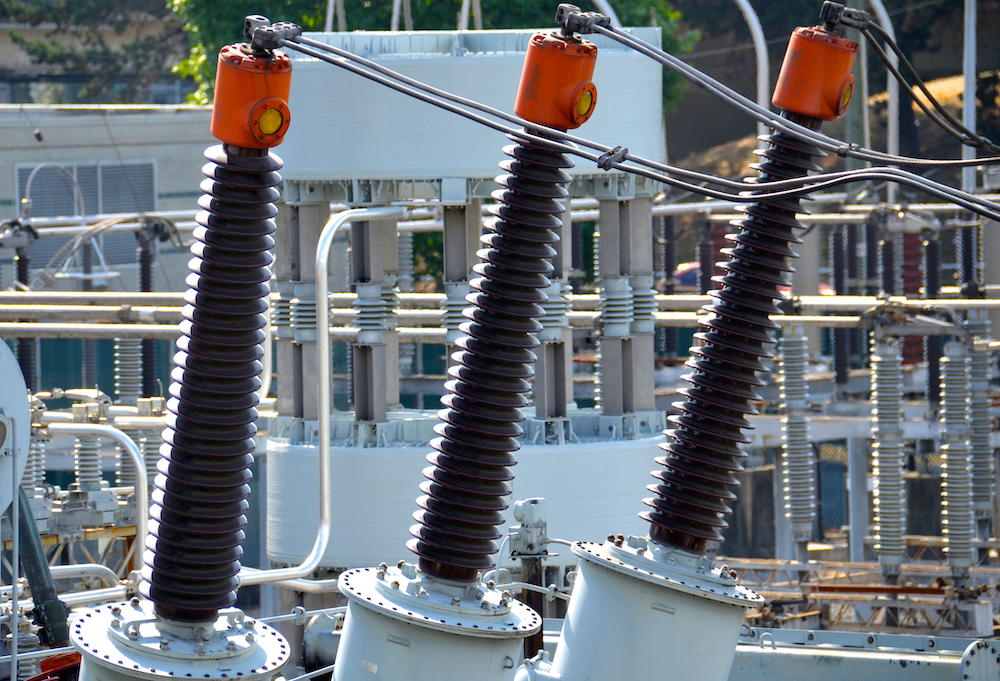
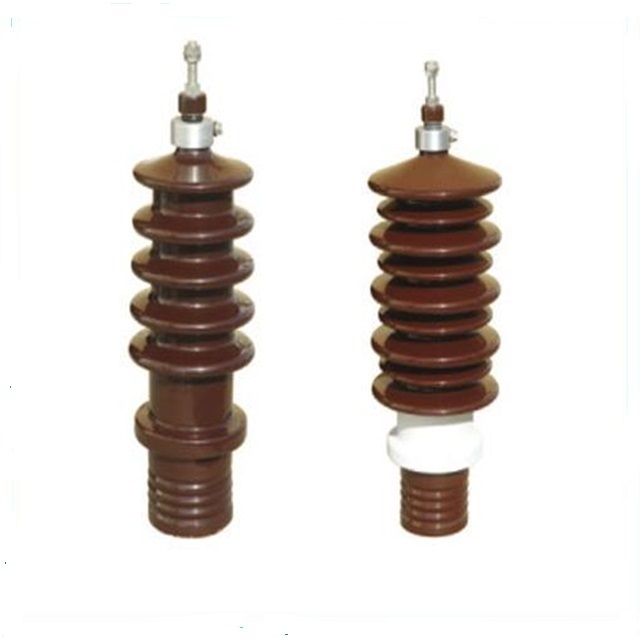

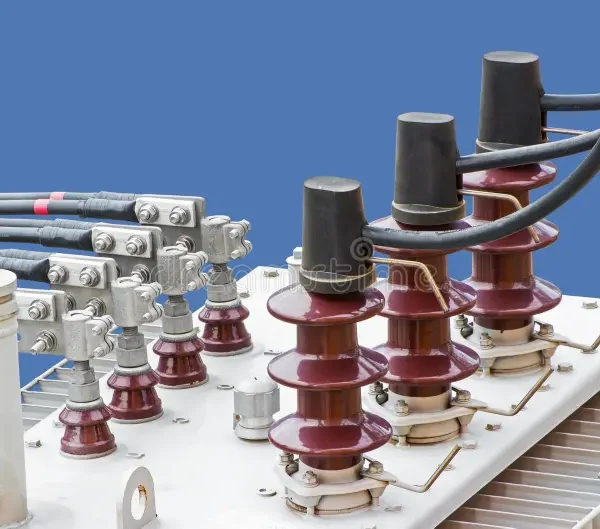
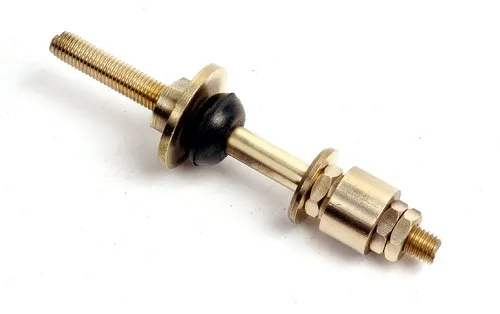
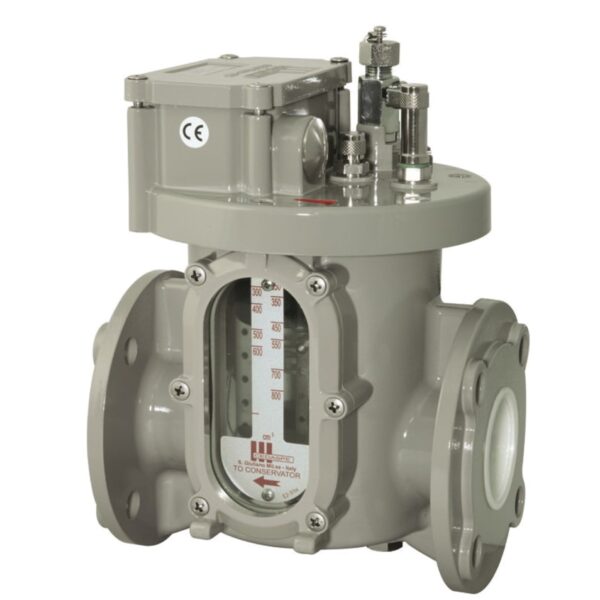
Reviews
There are no reviews yet.